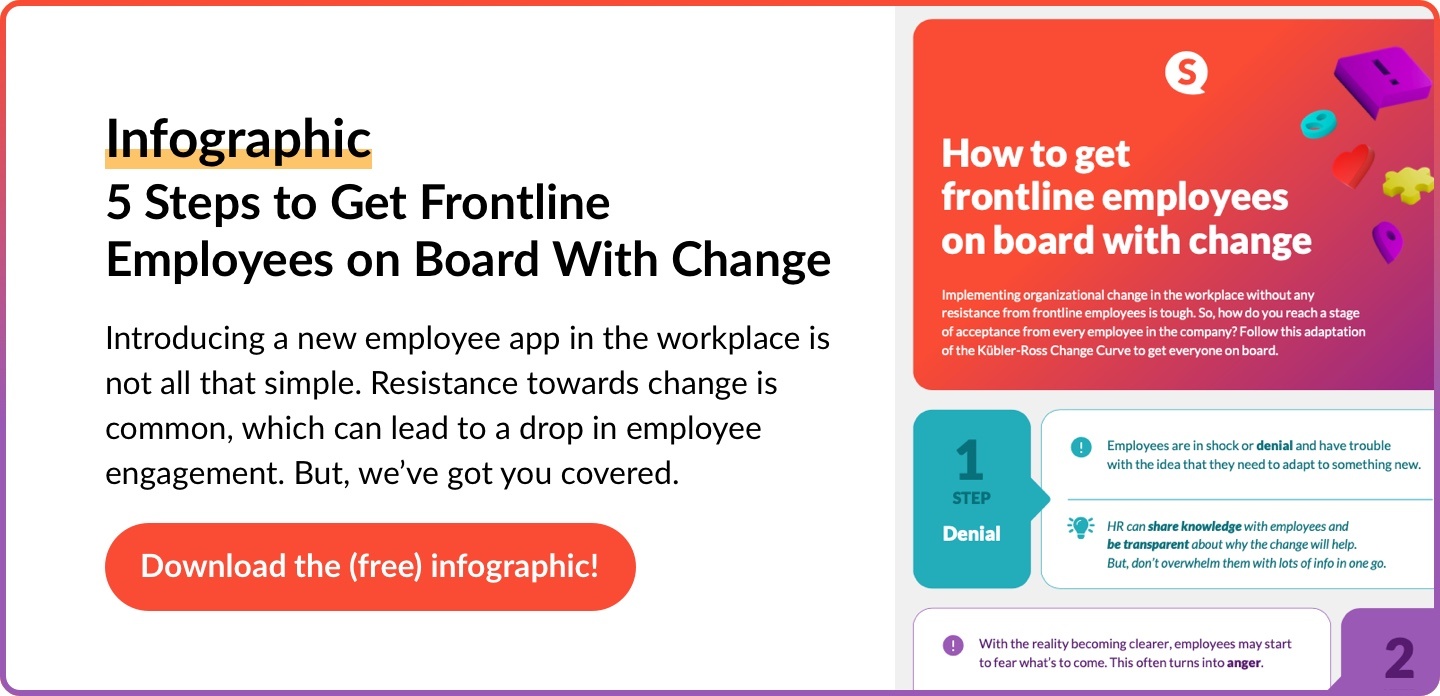Negotiating Your Internal Communications Budget? Cover These 4 Factors
Are you an internal communicator struggling with budget issues related with an employee communications app or other tools? Wondering how to build a business case that works in your favor? Well, we hear you. You're not alone, and your concern is as genuine as it gets.
In 2021, Gartner released a report that suggested communication teams will face potential cuts to their budget. However, their workload would remain the same. In that vein, the report advised communication leaders to revisit priorities and contentious issues. We're in the second quarter of 2023, and most things have stayed the same. Economic uncertainties troubling the world continue to prevail. The International Monetary Fund (IMF) has issued a cautionary note regarding an impending recession. No surprise that organizations are looking for ways to cut costs or at least not increase them.
Read More: How Can Internal Communicators Drive Business Growth?
Such facts can make negotiating a bigger comms budget in your favor seem difficult. Even more, if you’re the solo internal communicator in your organization or your team has fewer than five members, as is common in close to 72% of businesses. You may be feeling you need more lobbying power to get a workable budget for internal communication processes. But if this describes you, don't worry. This article covers the four basics you must have to negotiate a suitable internal communications budget.
Follow these four steps to negotiate your internal communications budget
1. Start by running through the essentials to keep in mind
The foremost step to skewing the budget negotiation in your favor is clearly understanding your key priorities as the internal communicator. Unless you know and can communicate your primary responsibilities and their outcomes objectively, how do you negotiate for the funds you need?
For that, having a clear picture of the hierarchy of priorities helps to communicate needs more effectively. According to Dewhurst and FitzPatrick's model, four major components in internal communications roles matter most. These include:
- Producing engaging and valuable content for your employees and the organization.
- Encouraging pro-business behavior among staff and employees.
- Acting as a supporter and facilitator of employee engagement and performance.
Read More: 4 Internal Communication Strategies to Boost Productivity - Ensuring that your organization builds its assets.
When working out your budget request, consider addressing all these four aspects of your role. Start by making a list of things you need the most to carry out these responsibilities well, and where you’re falling short.
2. Identify the key stakeholders and what matters to them
Every company has a team of C-level executives who usually make crucial decisions relating to finance and budgets. Usually, internal communicators turn to the chief executive officer CEO, the chief technology officer (CTO), and the chief finance officer (CFO) for budget. Sometimes, it may also include the chief marketing officer (CMO).
- Depending on how it works in your organization, identify the key stakeholders who will decide your budget allocation.
- Make a list of the current priorities of those stakeholders. This information will put you in an advantageous position. You can emphasize aspects that matter to them most and thus have a better chance to get the negotiation results in your favor.
- It also helps to approach people who may not be decision-makers but can be influencers. Moreover, these individuals can help you with the right input to influence those who decide.
3. Figure out the best time to approach
When it comes to negotiations, timing is everything. With the budget constraints operating universally, getting this aspect right is super crucial.
- Start with identifying the availability of your decision-makers
- Request for an appointment through email or telephone.
- Make sure that you put across your budget request in person. Telephone and email requests may be less effective. Your decision-makers may have counter-questions that can lead them to an unfavorable conclusion. So if you're on the spot during negotiation, you can address any concerns and turn the results in your favor.
4. Put together a compelling case
Finally, when you meet, you must make a compelling case. Here's what you need for it:
- All your accomplishments charted out accurately to build credibility.
- A list of the specific bottlenecks impeding you from achieving your goals. Explain your suggested solutions to address them along with the budget needed.
- As you speak, it's best if you follow a data-driven approach. This means you need to be well prepared by gathering all the required information and condensing it in a way that makes a compelling case.
It can help to revisit your employee communication tool to gather information. This is usually the goldmine for finding all your internal communication information in one place. Employee communication apps like Speakap can help you share it in easily understandable ways through attractive graphs and charts to make quick sense at once. Read More: Internal Comms Strategy 4/4: One Employee Communication App
Don't shy away from negotiations. Evidence and data build a solid case
Getting the desired budget you want for carrying out your employee communication responsibilities can seem daunting in today's uncertain economic environment. However, though difficult, it isn't impossible. If you make a business case based on evidence and data, you can convince the relevant decision-makers with logic. This requires understanding your goals and responsibilities and your key stakeholders' priorities. While you figure these out, timing your negotiation activity and crafting a compelling case is essential to get the desired outcome.
Want to simplify this? Use an employee communications app such as Speakap. It collects all your essential employee communication-related data in one place. It can equip you to understand what you need in the first place and generate valuable insights that support your arguments more easily.
Contact us today to learn more about how SpeakAp can help you derive insights, simplify your workflow and help you supercharge your efficiency.



